
I am riding in a taxi through Warsaw, Poland. After being nearly destroyed in World War II, the city has undergone extensive reconstruction. The taxi driver tells me: “After the war, Warsaw was rebuilt to resemble Moscow; that’s why we have grid-like, wide streets, and the traffic is not as bad as in other cities.”
But I see it differently. I can imagine Warsaw being organized in superblocks instead. The idea comes from Barcelona, where they close streets to cars between several smaller blocks.
It would create small streets pleasant to walk through, filled with taverns where life goes on until late at night. It would improve air quality, noise, safety, and atmosphere. The place would stimulate all the senses and contribute to a better overall experience.
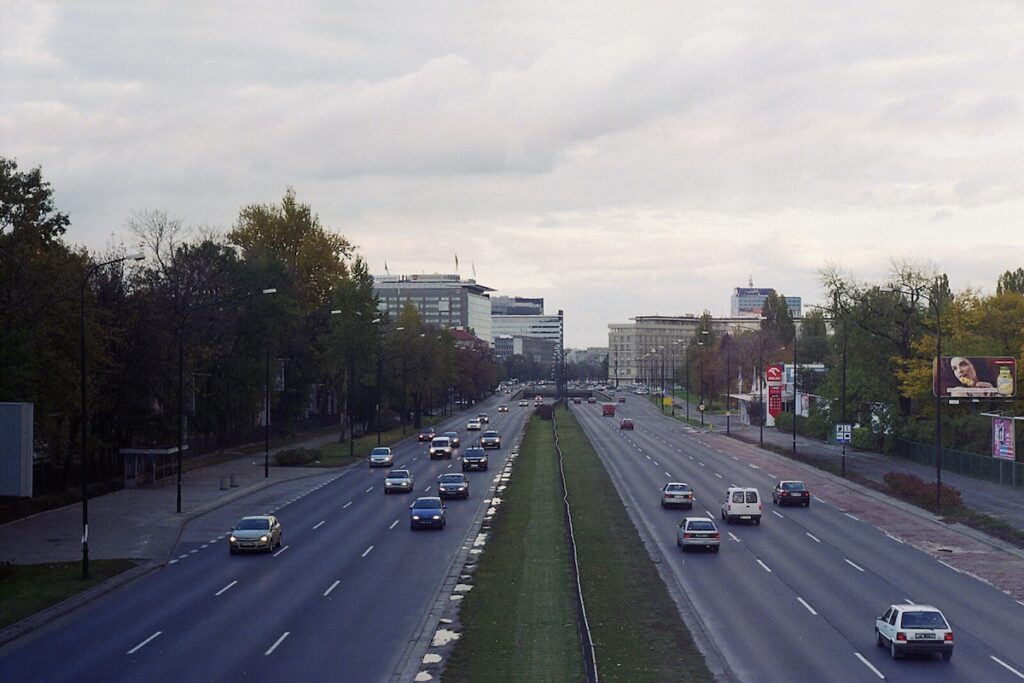
Something similar happened in Sweden, where I now live. Parts of city centers were torn down in the sixties and replaced with car-centric, modernist planning. I am disheartened by this thought. It shouldn’t just be about traffic.
Walking through these cities today, you can feel that part of the emotional attachment has disappeared. Architectural forms have changed to simpler ones, less evocative of the senses and feelings.
And our intuitions are now being supported by science. Studies are telling us that facades and streets with rich, biophilic ornamentation and tactile details create a less stressful environment for people than plain surfaces.
From Style Wars to People Focus
In Poland, Scandinavia is often used as a positive example when it comes to architecture, design, and sustainability. Recently, I read an article in a Polish newspaper praising the fact that new buildings in traditional styles have appeared in Sweden. It said that this makes cities more pleasant and humane. And many architects in Sweden recognize this debate.
But while some are preoccupied with style wars, I am more interested in the larger idea that people, rather than buildings, should become the focus of architectural thinking.
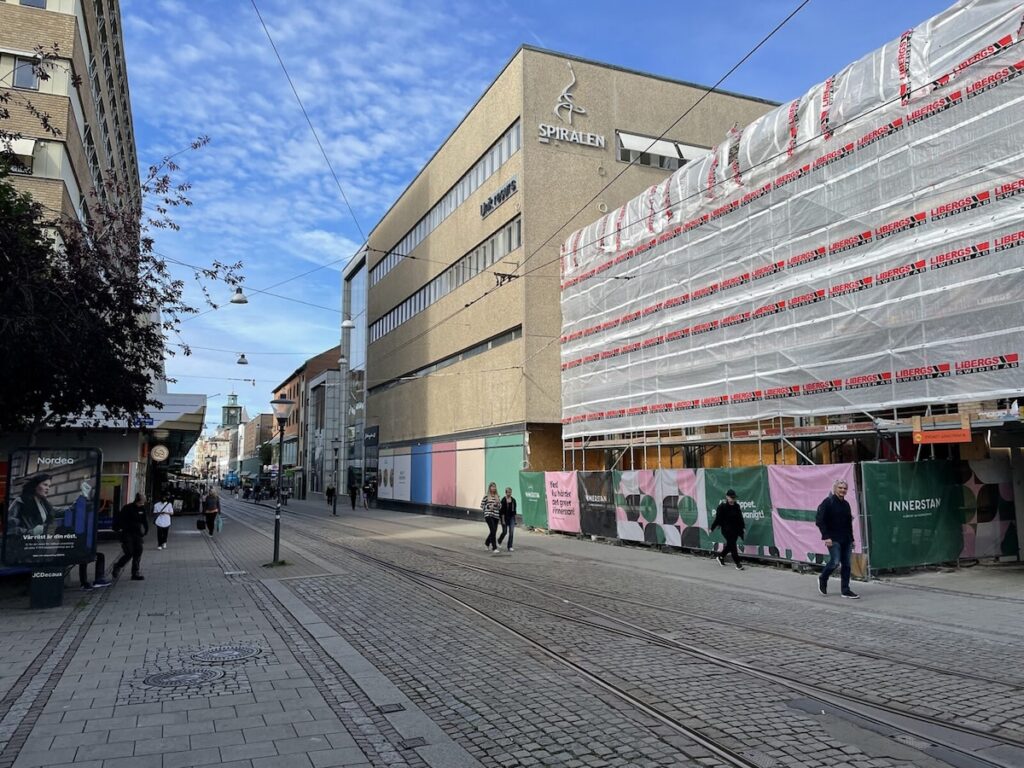
I think we should get away from starting the discussion with style, street layout or means of transportation. We should start with people. After all, it’s people who experience architecture.
But do we architects know enough about how people experience their environment? About how the brain processes, understands and interprets environmental stimuli? About why one facade is generally perceived as more pleasant than another?
I don’t think we do, but we should. And perhaps this points to the need to develop a new mindset – one of constant openness and learning.
Overcoming Barriers to Perennial Thinking in Architecture
Recently I learned about the term “perennials”. Perennials are people who never stop learning and who remain open to change as they age. They are people of all ages who defy traditional generational divisions. They are aware of themselves and the state of the world. They remain curious.
Perhaps perennial architects wouldn’t adhere to a particular style. Instead, they would be curious, observant, empathetic, and creative problem solvers. So can we, architects and designers, become perennials and adapt to new knowledge about what leads to environments where people feel good?
We certainly could. But today, I see some barriers that prevent us from becoming perennial architects and going beyond the principles and mindsets we learned in school. For example:
- Basic education: As children, many of us weren’t taught to question and be curious, to feel confident in dealing with conflict, to believe that our voice matters and that we can change things according to our values and observations.
- Architectural education: The transfer of knowledge about society, psychology, neuroscience, and interdisciplinary collaboration is still largely absent from architecture schools. Their education focuses on the object, on buildings and technical solutions, not on the people in and around them.
- Real estate development: The industry has developed an investment-oriented mindset. This often doesn’t necessarily align with serving society. In a sense, we are already perennials, but ones that serve the goals of finance. In order to meet deadlines and budgets, the human experience and the impact on society are pushed further down the list of priorities.
To become perennials, we must be fearless about change and adaptation. We need to start working with people we have never worked with before. We need to listen to and work with change leaders and experts in human sciences. We need to challenge the status quo and come up with new ways of doing things. To do this, we need to take the time to learn about the problem and get to know our clients’ needs and their businesses.
Interdisciplinary Collaboration as a Key to Enriching Architecture
Recently I’ve been testing some tools for interdisciplinary architectural exploration with primary school children in Sweden. I did this as part of a project called Allt Hänger Samman (Everything is Connected). The aim was to create a program for teaching children about architecture in schools. And we worked with the example of designing a good school building.
During the process, I noticed how different exercises and collaboration methods opened everyone’s eyes. In the end, I was inspired by tools that could become part of an architectural process with real clients.
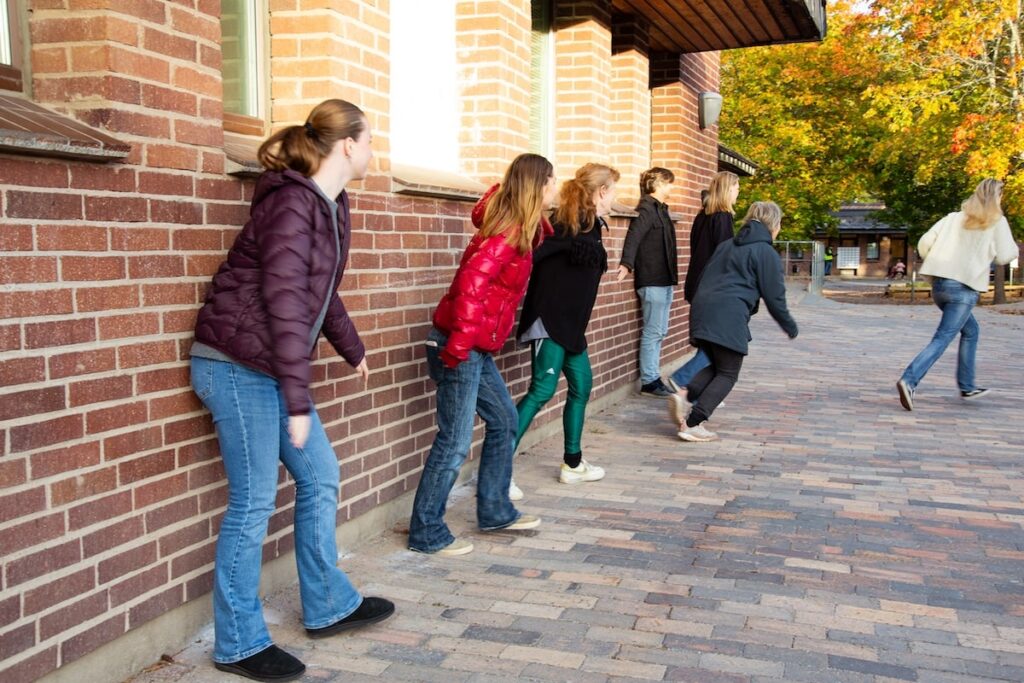
These exercises included all kinds of fascinating things. There was mindfulness that brought us into the here and now, exploration through dance and movement, being together and in dialogue with the future users of the space. There was mapping, analyzing and comparing emotions, cognitions and sensory experiences together.
It seemed to me that in such a process we were much closer to creating a sustainable solution that was good for the users than if we were just discussing how to build a school with other architects and builders.
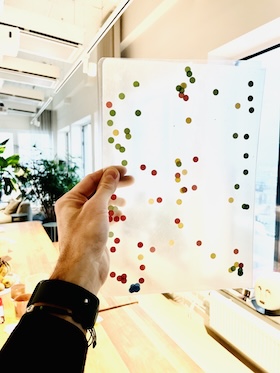
At the same time, I wouldn’t have been able to propose these exercises without working with neuroscientists and psychologists, and without first learning the basics of environmental psychology and neurodesign.
When working with human needs and experiences, these interdisciplinary connections are critical to defining the problem, describing the factors that drive the experience, and translating them into architectural solutions.
And without those interdisciplinary connections, I wouldn’t have gotten as many ideas from a single conversation with the taxi driver.
Enjoyed this article?
Support our mission with just €1! Your donation keeps our website running and supports the spread of knowledge about creating places that are good for people.
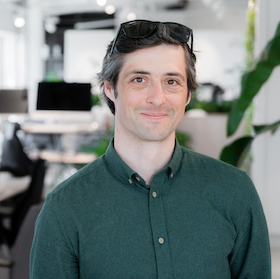
Lukasz Krupinski is a practicing architect based in Sweden, with an interest in human sciences, human-centered environments, and interdisciplinary cooperation. He is currently employed at ÅWL Arkitekter as a business area manager and is interested in developing interdisciplinary methods and processes for positive experience and well-being in practice. Lukasz is certified as Well AP and has been a member of Well Mind Advisory in 2022. He is also one of the bloggers for Architects Sweden and a fellow at the Centre for Conscious Design,